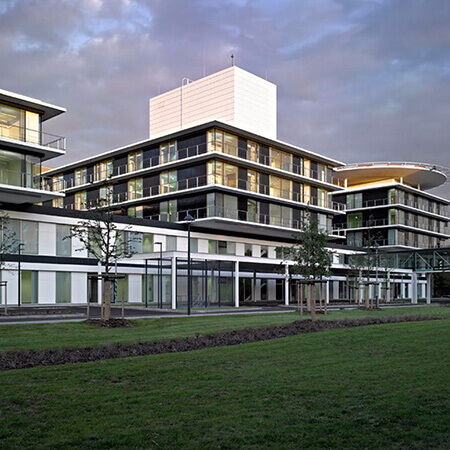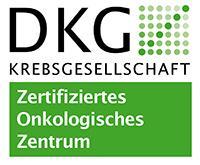About the disease
Crohn`s disease is an inflammatory bowel disease which spread to other parts of gastrointestinal tract. Disease is very unpredictable, as it can either appear in mouth, close to stomach or in abdomen. Crohn’s disease is widespread in Western and Eastern Europe and North America. There almost 4% out of 3000 people have it. Late stage of CD may result in death. In 2010 34, 000 people died of CD. Even with treated disease, life expectancy is less compared to healthy population. Crohn`s disease in most cases affects small intestine, although its negative effects may appear everywhere in gastrointestinal tract, as it was mentioned above. Disease was first described and researched by American doctor Burrill Crohn in the city of New York just before World War 2. He specialized in the illnesses of the small intestine.
Causes of Crohn`s disease are usually environmental and bacterial. If person lives in unhealthy, polluted environment and he consumes food with infected bacteria, his chances to get Crohn`s disease are very high. During the Crohn`s disease the whole immune system of the person`s body is ruined because of those bacteria. People whose relatives had Crohn`s disease are respectively more likely to have it at certain period of their life. It usually starts developing from 15 till almost 40 years. Smokers are more susceptible to it. In rare cases oral contraceptives may increase the risk. Obesity, unhealthy lifestyle, stressful situation resulting in overeating or undereating can also trigger Crohn`s disease.
Symptoms
Crohn`s disease signs and symptoms usually resemble symptoms of indigestion and food poisoning.
- Constant diarrhea, which may last several days
- Pain in the abdominal area
- Long periods of fever
- Considerable weight loss
- Skin rash usually in the area of stomach and abdomen
- Eyes get tired more quickly
- A person may develop arthritis
Diagnosis
- Diagnosis is usually done by colonoscopy, when the biopsy (tissue sample) is taken out for further analysis. If disease is very active and inflammation process progresses rapidly, the person may also develop an ulcer. Sometimes it is difficult to make a diagnosis, so additional series of tests need to be done before proceeding with treatment plan. Colonoscopy, for instance, may give the exact analysis of small intestine only in 75% of cases.
- In such case endoscopy is used for diagnostic purposes.
Treatment
Current treatment is mainly aimed at reducing inflammation and prevention of further complications. It is also important to prevent repeated inflammation to avoid fever and indigestion. There are two main types of therapy:
- Conservative therapy(endoscopic) is mostly carried out by gastroenterologist or proctologist, who specialize in curing mycobacterial diseases.
- Partial intestinal resection is done only in case of life-threatening complications, because usually medicine and healthy lifestyle may eliminate any complications. During this surgery doctors can eliminate damaged part of the colon. This surgery can also remove fistula which is an abnormal connection between two intestines. Surgery may also be carried out if there are deep defects in the wall and patient experiences prolonged heavy bleeding. In that case surgeon performs bowel resection of the affected area. After partial intestinal resection almost all patients are prescribed with special diet. They are not allowed to eat fatty food that contains saturated fat and excessive amount of salt.
Authors: Dr. Vadim Zhiliuk, Dr. Sergey Pashchenko



















